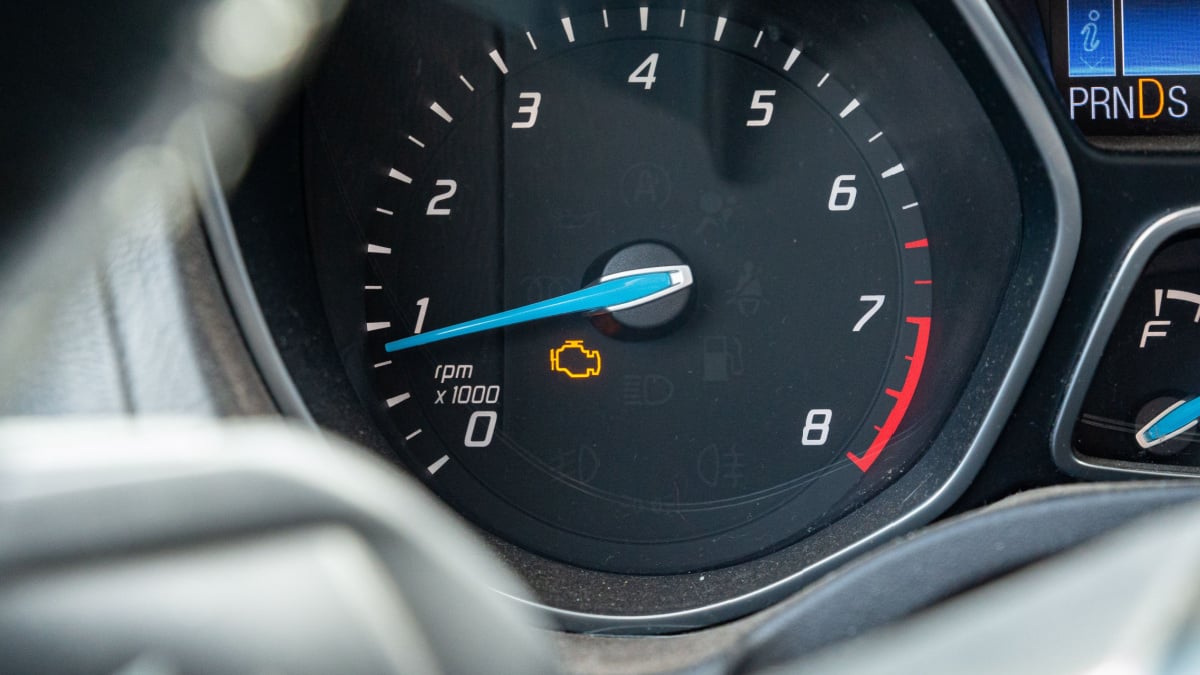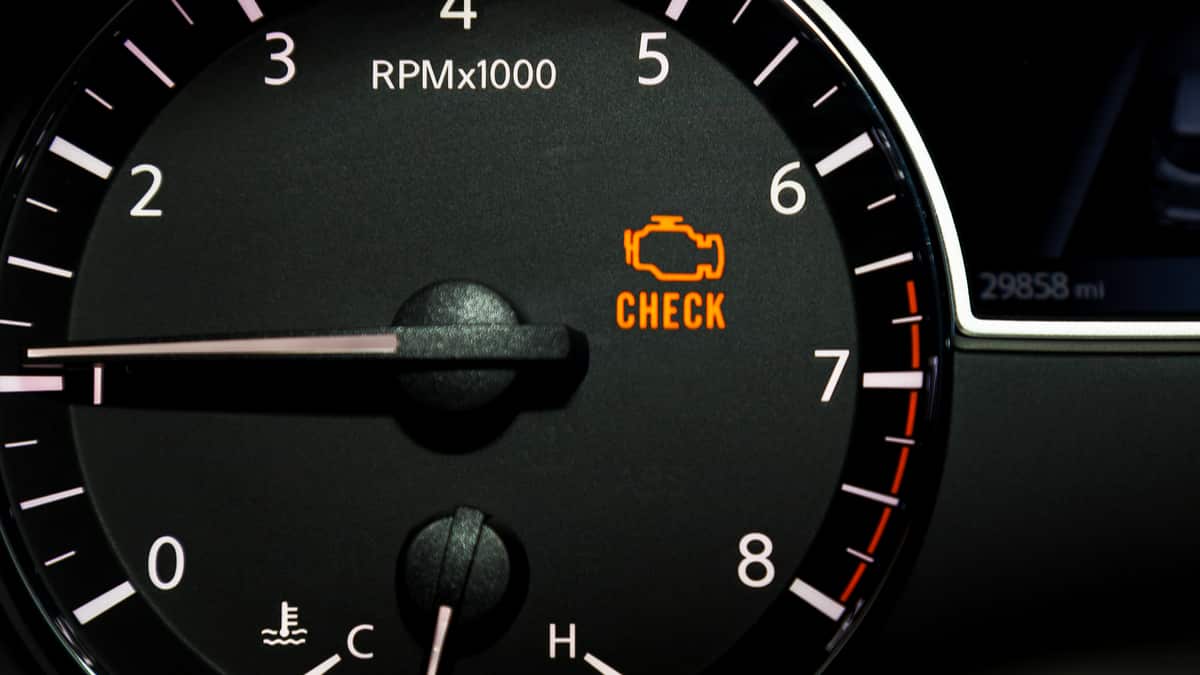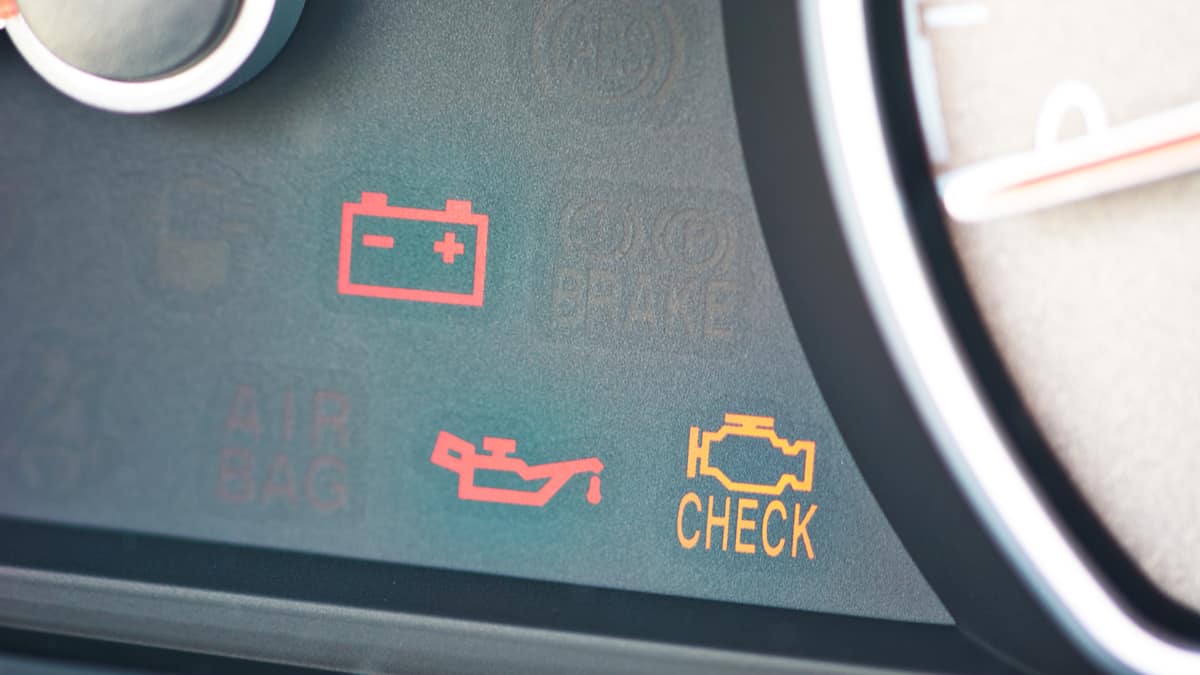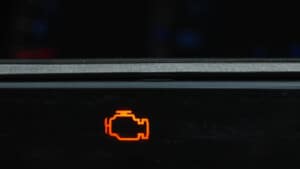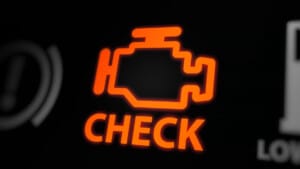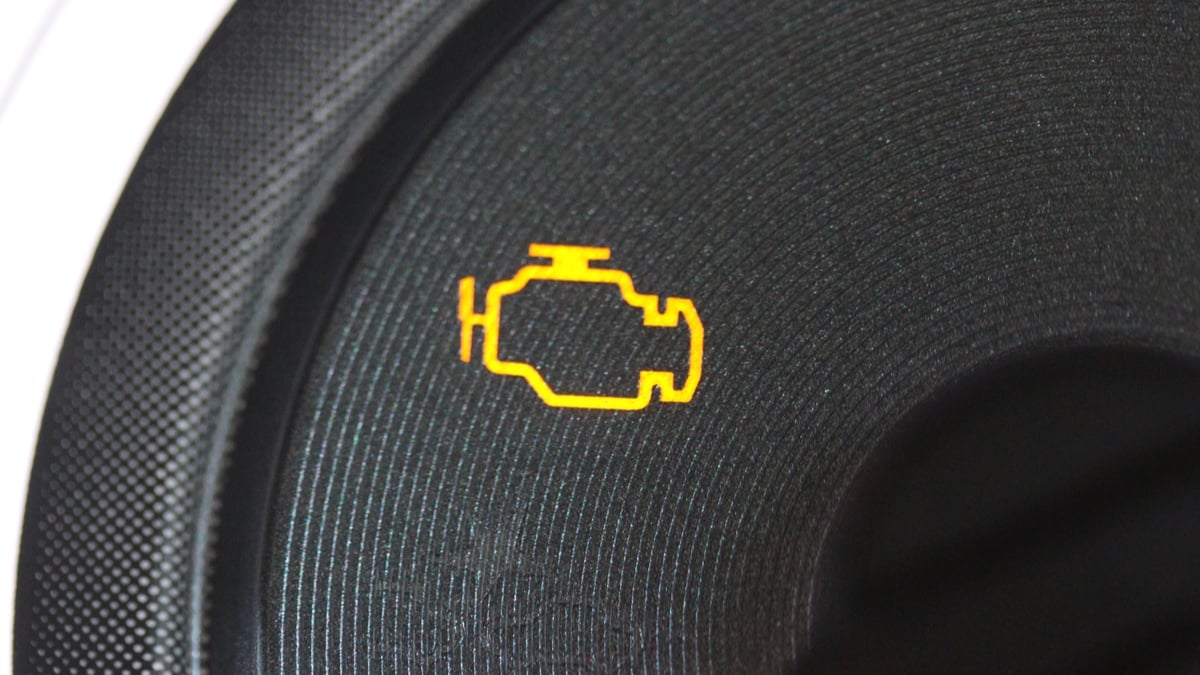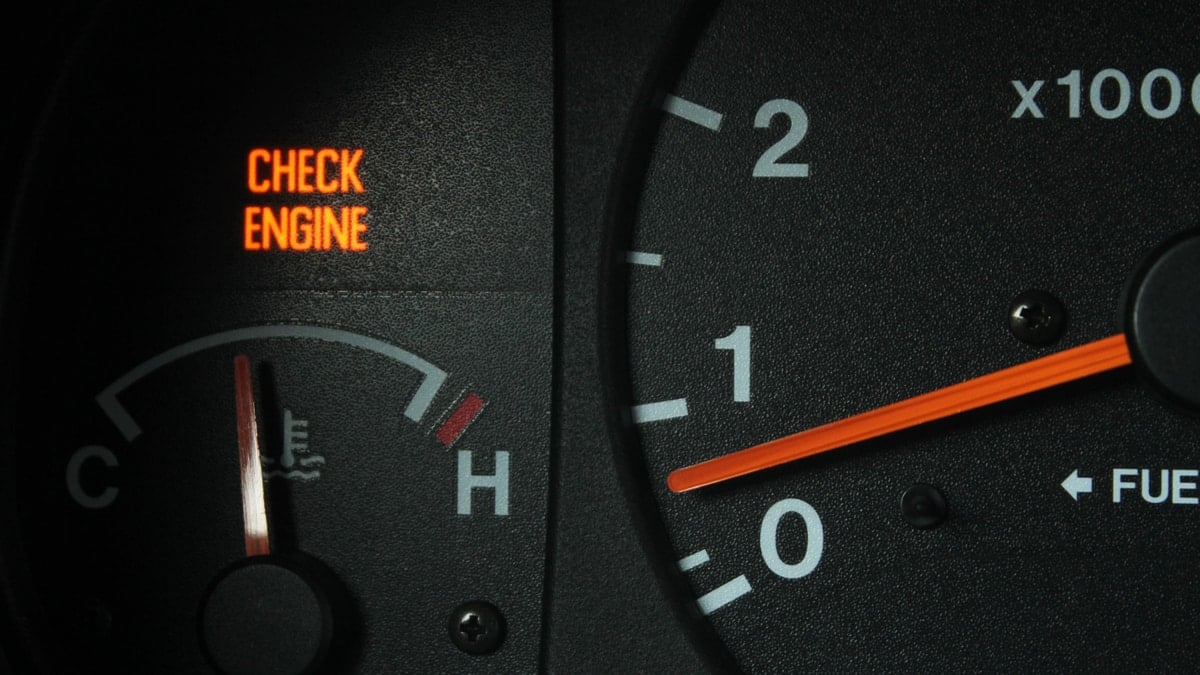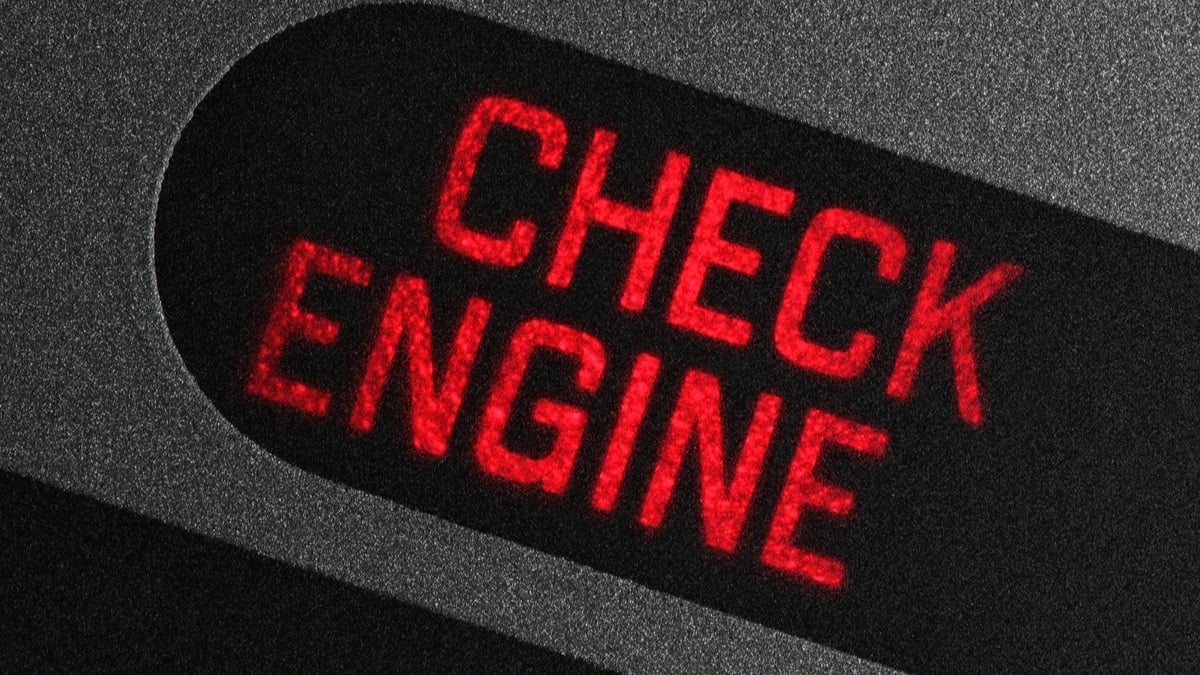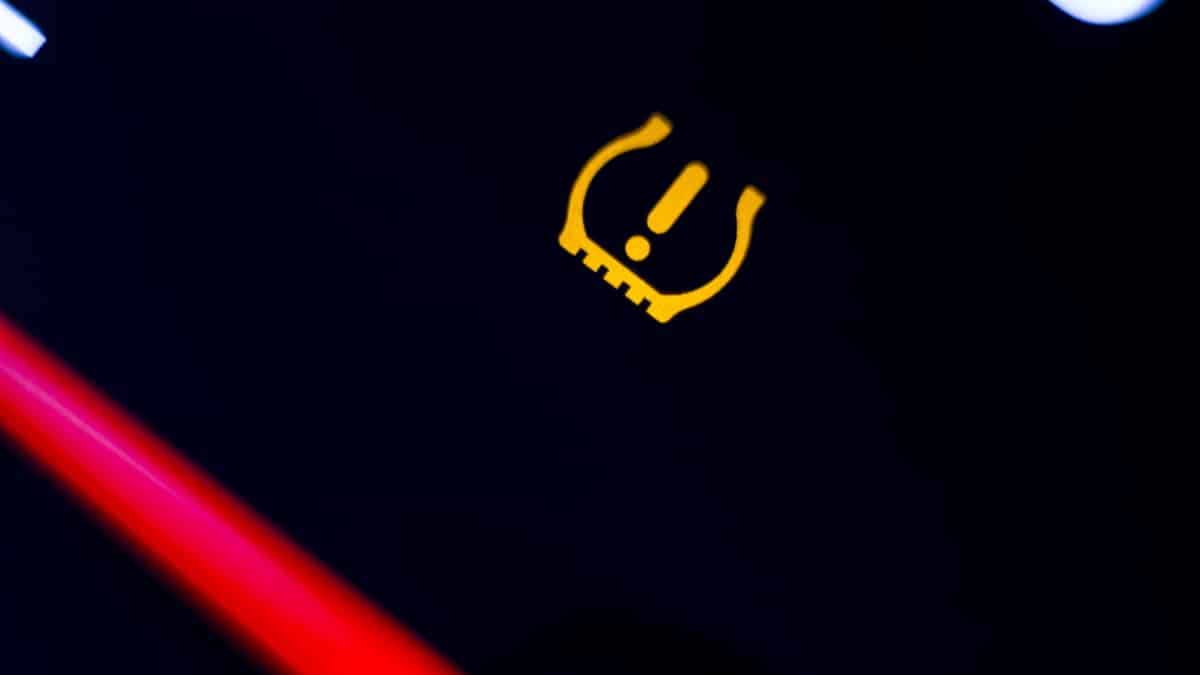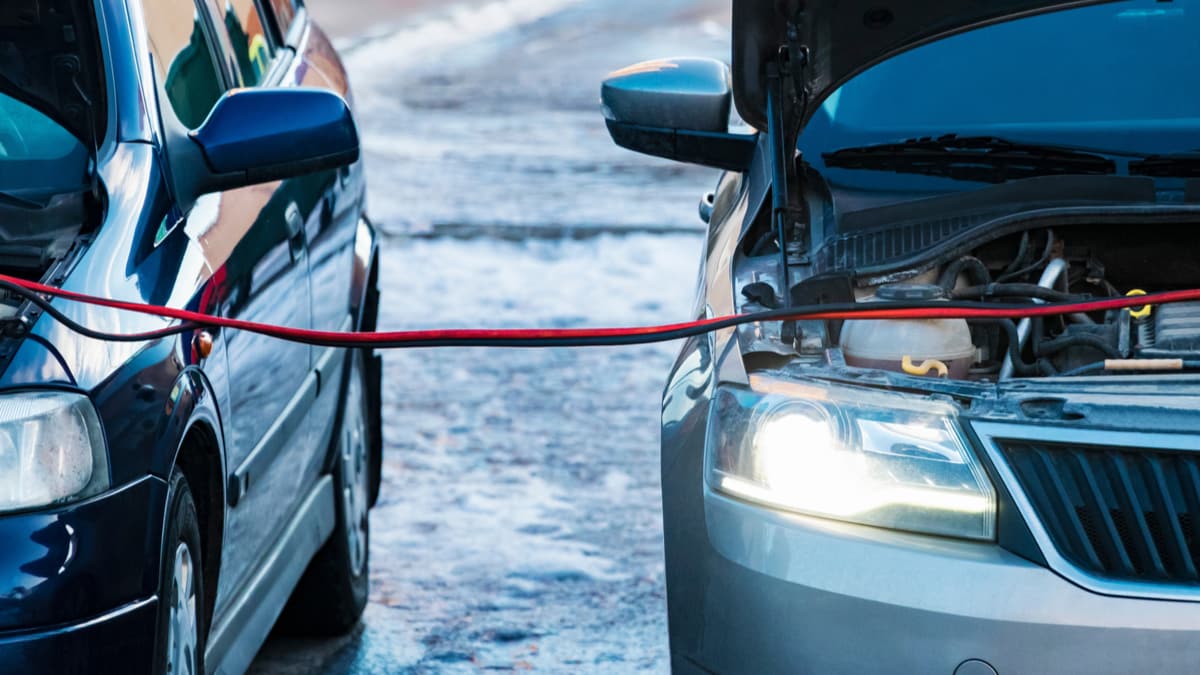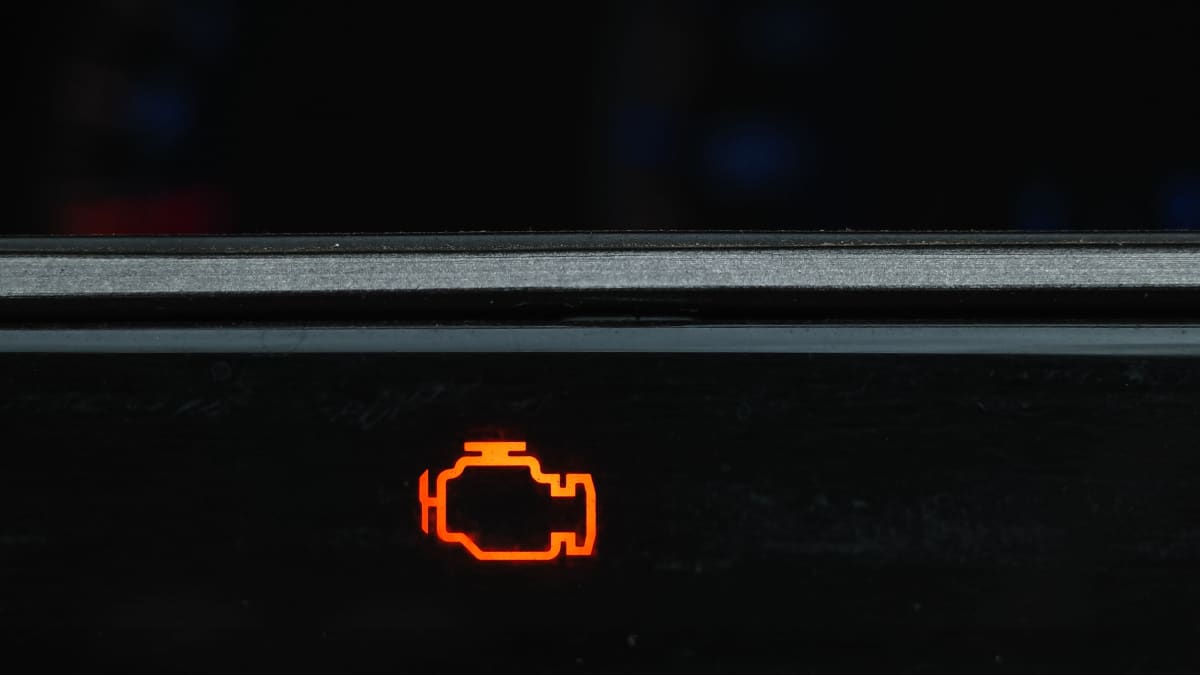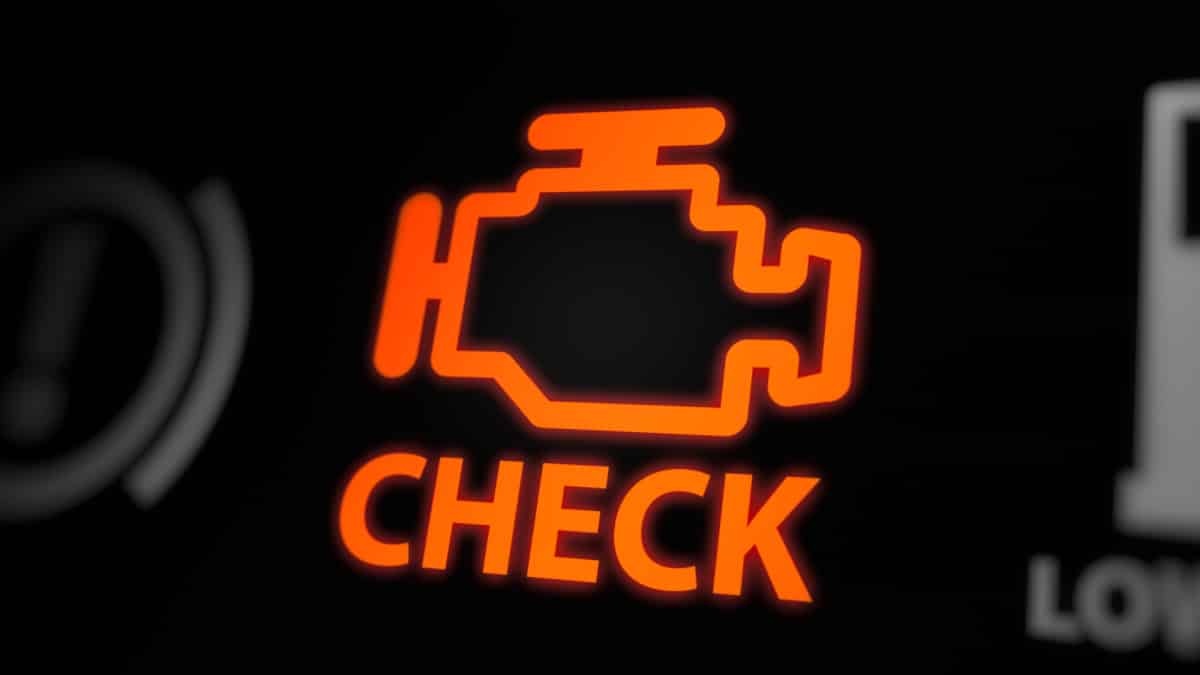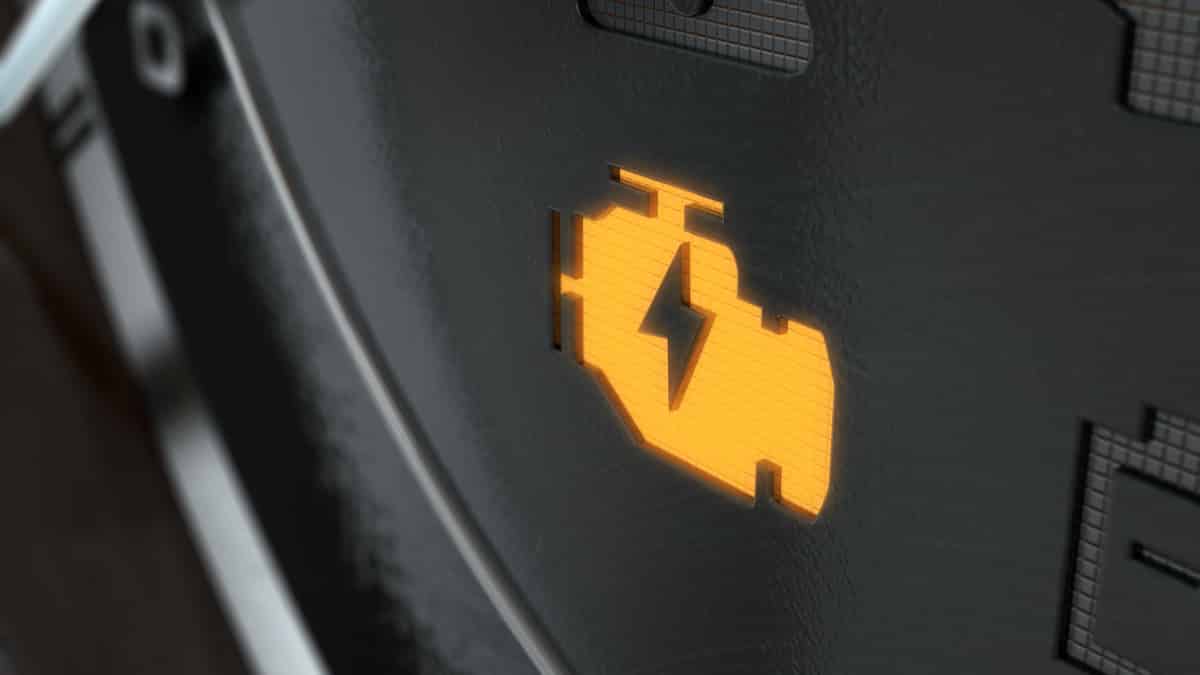The Check Engine Light has just come on your dash, but you don’t feel like the car is running any differently than normal. Now what do you do? If the car isn’t operating right, you may pull over and check it. On the other hand, it can be tempting to keep driving when the Check Engine Light is on, but the car runs fine.
In this guide, we cover the top reasons for this condition. We also look at how to fix it and offer some helpful answers to your questions.
Reasons Why Your Check Engine Light Is On, But Car Runs Fine
It’s possible the gas cap is loose or leaking. There could also be an intermittent problem, a bad oxygen sensor or a dirty MAF sensor. Otherwise, consider there may be an intake vacuum leak, a failing catalytic converter, bad spark plugs, failing ignition coils, a bad battery or alternator, or an electrical issue.
By evaluating the options, you may be able to figure out what’s going on with your car.
1. Loose Or Leaking Gas Cap
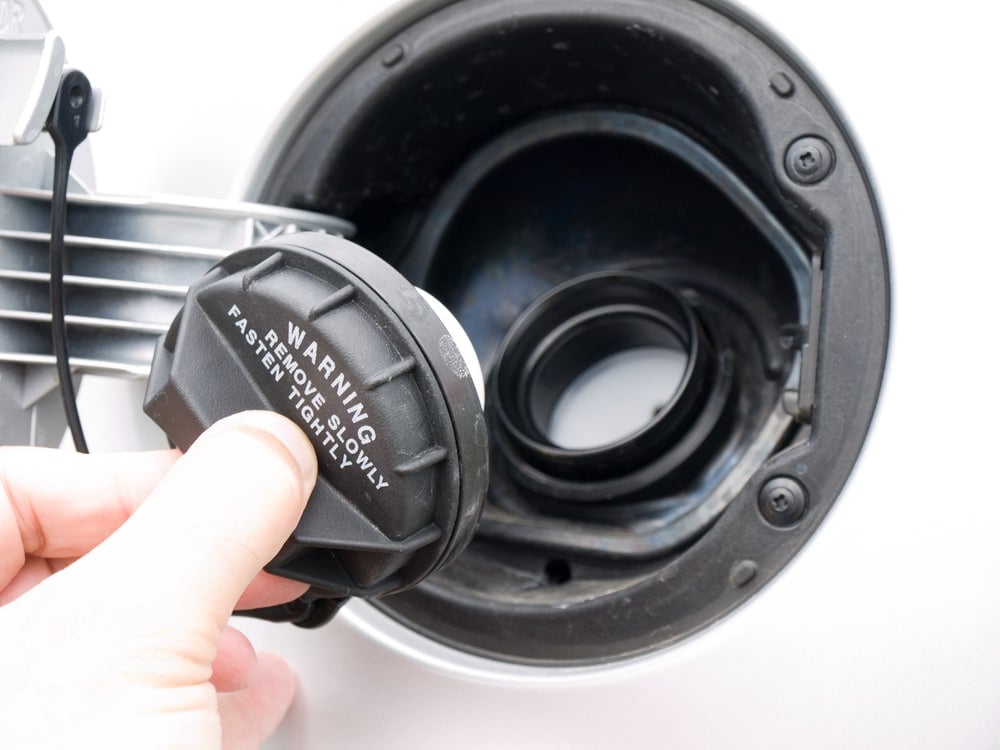
One of the most common issues to have the Check Engine Light come on with no other symptoms is because of the gas cap. The gas cap is needed to seal the fuel vapors and prevent contaminants from getting into the system. If the gas cap is cracked or missing, a code will be set because the system can’t pressurize normally.
Additionally, if you fill-up the tank with the engine running, you could trigger the fuel tank pressure sensor, making the computer think there’s an EVAP system leak. For this reason, it’s best to turn off the engine before you open the gas cap.
2. Intermittent Problem
It’s possible that there was a problem, but you didn’t notice it because it didn’t last. For example, if the oil pressure dropped low for some reason, it could have triggered the Check Engine Light. It could also be from putting too much strain on the motor during towing.
If the transmission slipped slightly, you may not have felt it, but a code may have been set. There is a multitude of problems that could have occurred without you knowing, which is why you need to move down to our diagnostic steps to figure out what’s wrong.
3. Bad Oxygen Sensor
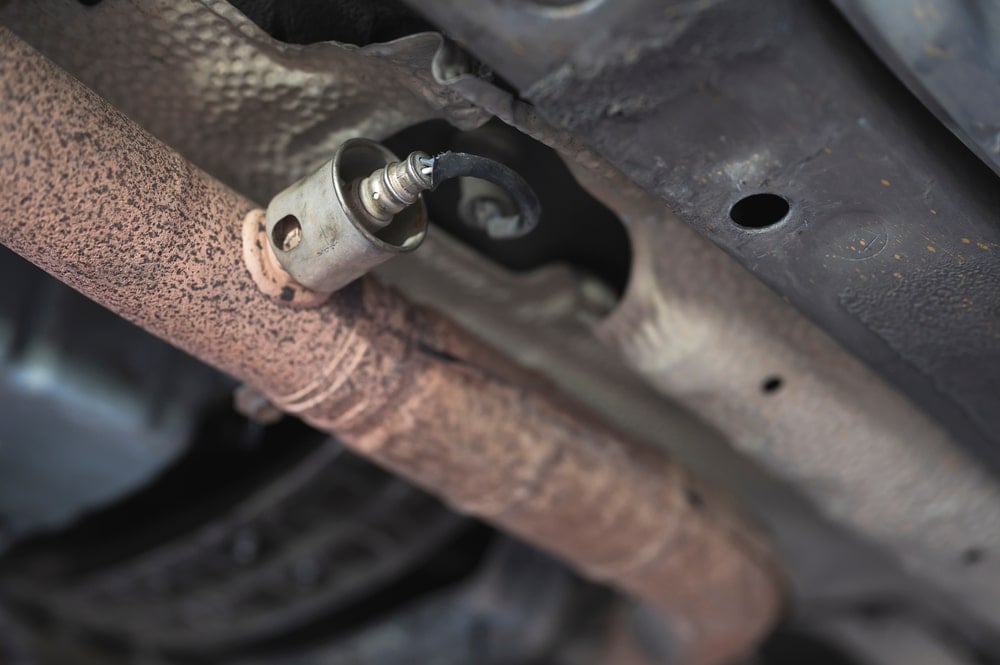
The oxygen sensors make up part of the emission control system. These sensors are needed to detect how much oxygen is in the exhaust gas. If the level is low, a message is sent to the computer to adjust the fuel-air ratio. If a sensor is bad, causing the wrong reading, it will turn on the Check Engine Light.
Sometimes, you can have a bad oxygen sensor and not notice any symptoms at all. Other times, it can cause decreased engine performance, depending on how much the air-fuel ratio is being adjusted.
4. Dirty Or Bad MAF Sensor
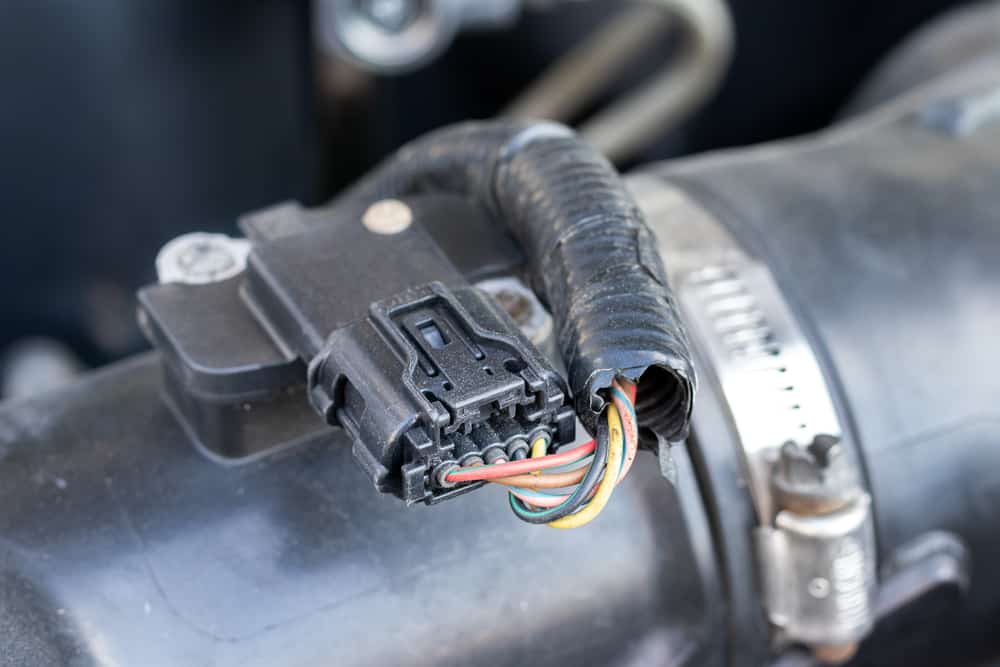
The mass airflow (MAF) sensor sits between the intake manifold and the air filter. It measures the amount of air coming into the engine but causes the computer to make the same adjustments as the oxygen sensors do. If the airflow measurement isn’t right, the computer is going to compensate with various adjustments. However, this sensor can fail or become contaminated, which would lead to a false reading, causing the Check Engine Light to come on.
There are also some engines that use a Manifold Absolute Pressure (MAP) sensor instead. Either way, these sensors can fail and cause trouble.
5. Intake Vacuum Leaks
If there’s a vacuum leak, the air is going to be sucked into the engine where it doesn’t belong. Sometimes, these leaks are so minimal that no symptoms will be present.
However, as the leak gets worse, you are going to notice performance problems. As the engine runs lean, there could be shaking and misfiring occurring.
6. Failing Catalytic Converter
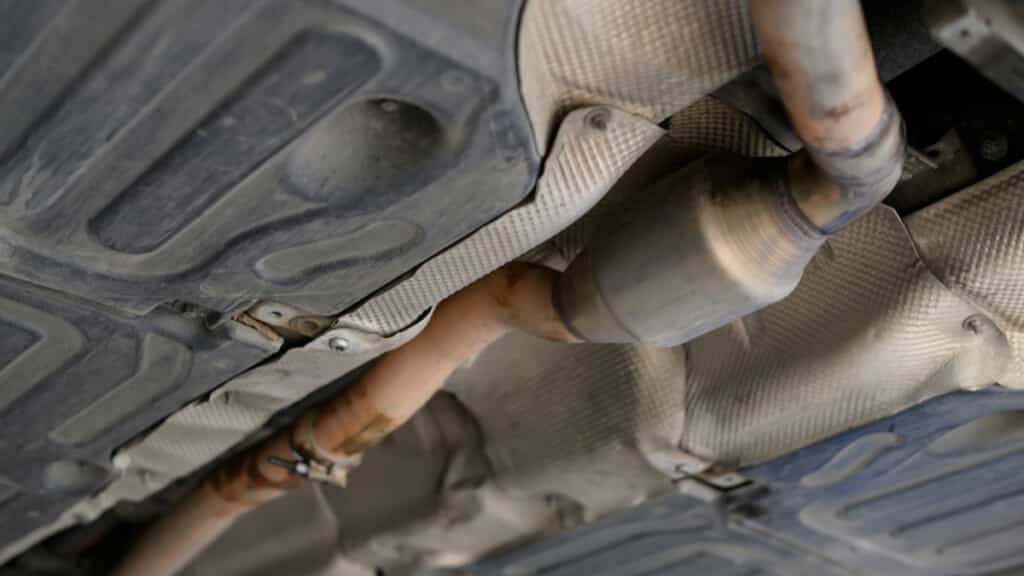
The catalytic converter is needed to transform the toxic gases coming out of the exhaust into elements that are less harmful. Yet, catalytic converters can become damaged over time and clogged. This happens most frequently when tune-ups aren’t performed at regular times and unburnt fuel gets into the exhaust.
When the catalytic converter fails, you may not notice any symptoms at first other than the Check Engine Light. The car may also fail emissions testing until it is repaired.
7. Bad Spark Plugs or Ignition Coils
The ignition system contains both the spark plugs and the ignition coils. Both of these parts wear out with age. Yet, you may not fully realize what’s happening at first, with the Check Engine Light coming on at the beginning of trouble.
Yet, when the spark plugs and ignition coils get worse, there will be serious performance issues. A misfire is common in the cylinder with the bad plug or coil.
8. Failing Battery or Alternator
To start a car, you need a functioning battery. The alternator is the essential component that charges the car battery while the engine runs.
If either of these is failing, you may see the Check Engine Light. It could also cause the battery light to come on. However, if there’s a charging issue, it won’t be long before there are symptoms, such as not being able to start the car or dimming headlights.
9. Electrical Issue
Under the hood and in the dash of your car, there are wires running everywhere. These wires connect every sensor and component together. If one of the wires is worn or a connection is bad, there will be a short.
These electrical problems can cause the Check Engine Light to come on. However, you may not notice any symptoms of the problem until that component is needed.
How To Fix A Check Engine Light When The Car Runs Fine
You may be tempted to ignore the problems since the car is running fine, but this isn’t a good idea. By neglecting the situation, you only open the door to bigger problems. You also won’t know what’s wrong with the car if something else should fail because the light is already on. For that reason, we recommend following these steps to figure out what’s wrong.
1. Read Trouble Codes
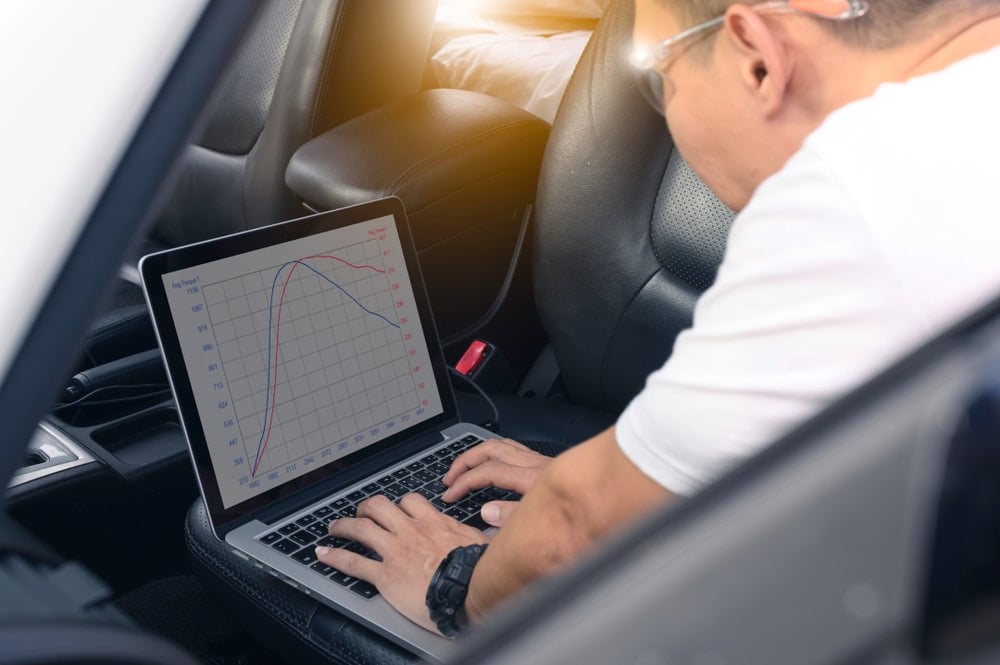
The reason the Check Engine Light comes on is because the system throws a code telling you what’s wrong. To read these trouble codes, you need to get a compatible scanner and plug it into the OBD-II port under the steering wheel either to the left or the right.
Some problems will give you a generic trouble code. For example, if there’s a leak in the EVAP system from a possibly loose gas cap, you may see the P1450 trouble code.
2. Research Trouble Code
Most likely, the trouble code itself is going to mean nothing to you. Even as professional mechanics, we only have a few of the most common trouble codes memorized. Any others require us to do some research.
To make it easier for you, we’ve put some of the most common DTCs in one place. You can use our trouble code library to get the definition, causes and possible fixes for most problems. If there are multiple codes present, you can put these together and figure out the problem a little easier.
3. Repair The Issue (If Found)
Once you’ve discovered what the problem is, you can fix it. Some problems are going to be easier than others to fix. For example, tightening the gas cap doesn’t take a lot of time, but changing the spark plugs will take a little more effort. There’s also the cost involved with each repair. Here are a few estimates to consider.
- New gas cap – $5 to $35
- Replace oxygen sensor – $65 to $450
- Replace MAF sensor – $75 to $550
- Repair intake vacuum leak – $50 to $600
- Replace catalytic converter – $900 to $1,500
- Replace spark plugs – $50 to $450
- Replace ignition coil – $150 to $350
- Replace car battery – $125 to $400
- Replace alternator – $250 to $750
- Repair electrical connector – $50 to $550
If you can perform the labor yourself, you can save a lot of money.
4. Reset Codes And Test Drive
Once the problem is fixed, you need to reset the codes with your compatible scanner. The codes aren’t going to reset themselves, so the Check Engine Light will remain on.
After you get the light off, take your vehicle for a drive to ensure it stays off. If it comes back on, there may be another problem that was overlooked.
5. Contact A Professional
At any point during this process, you can choose to reach out to a professional instead. Whether you don’t understand the trouble code, can’t find the problem or don’t feel equipped to fix it, a mechanic is going to be your best resource.
If you don’t currently have a relationship with an auto repair shop, it may be hard to know who can be trusted. For that reason, we recommend talking to friends and family to see who they use.
Can a car throw a false check engine light?
It’s possible that a sensor saw a false reading, but the problem was just a fluke. If you reset the code and there’s nothing wrong, the light should remain off. Otherwise, there could be a problem you want to look into, maybe even a failing sensor.
Can a check engine light resolve itself?
No, the Check Engine Light is meant to get your attention, so you will read the codes and discover what’s wrong. It’s not going away on its own. You need to figure out what the problem is, fix it and reset the Check Engine Light.
Can an engine light be nothing?
It’s possible that the Check Engine Light came on because of a false reading from a sensor. If that’s the case, it won’t return once you reset the light. There’s also the chance that the light is on because of a faulty gas cap, which is an easy fix.
Will replacing the gas cap turn off the check engine light?
If a loose or broken gas cap is the reason the light is on, tightening it or replacing it should fix the problem. However, the light may not go off on its own. With some cars, you can drive for a few minutes and the light will reset itself, while others require your scan tool to reset them.
What resets the check engine light?
The easiest way to reset the Check Engine Light is to use your compatible code scanner. Otherwise, you could disconnect the car battery for a few minutes, but that will also reset the stereo and seat memory. There’s also the chance that driving the car for a little will cause the light to reset, but this doesn’t often work.
The Check Engine Light causes panic in the hearts of all drivers. It’s designed to create alarm, but you don’t have to worry about it. With the right code scanner, you can know exactly what’s going on with the vehicle at all times.
With your prompt attention, you can resolve the problem before you do start to notice any symptoms. Take care of the issue while the car is running fine to reduce your down time.
RELATED: Check Engine Light Turned Off By Itself – Possible Reasons
Categories: Troubleshooting, Warning Lights
